What is a Volley?
Volley is a complex and beautiful kicking technique, performed while the ball is still in the air, before touching the ground.
The term “volley” comes from the French word “volée,” which means to fly. This technique requires the player to have the ability to observe, quick reflexes, and perfect coordination between eyes and feet, along with the ability to judge the timing and choose the exact landing point.
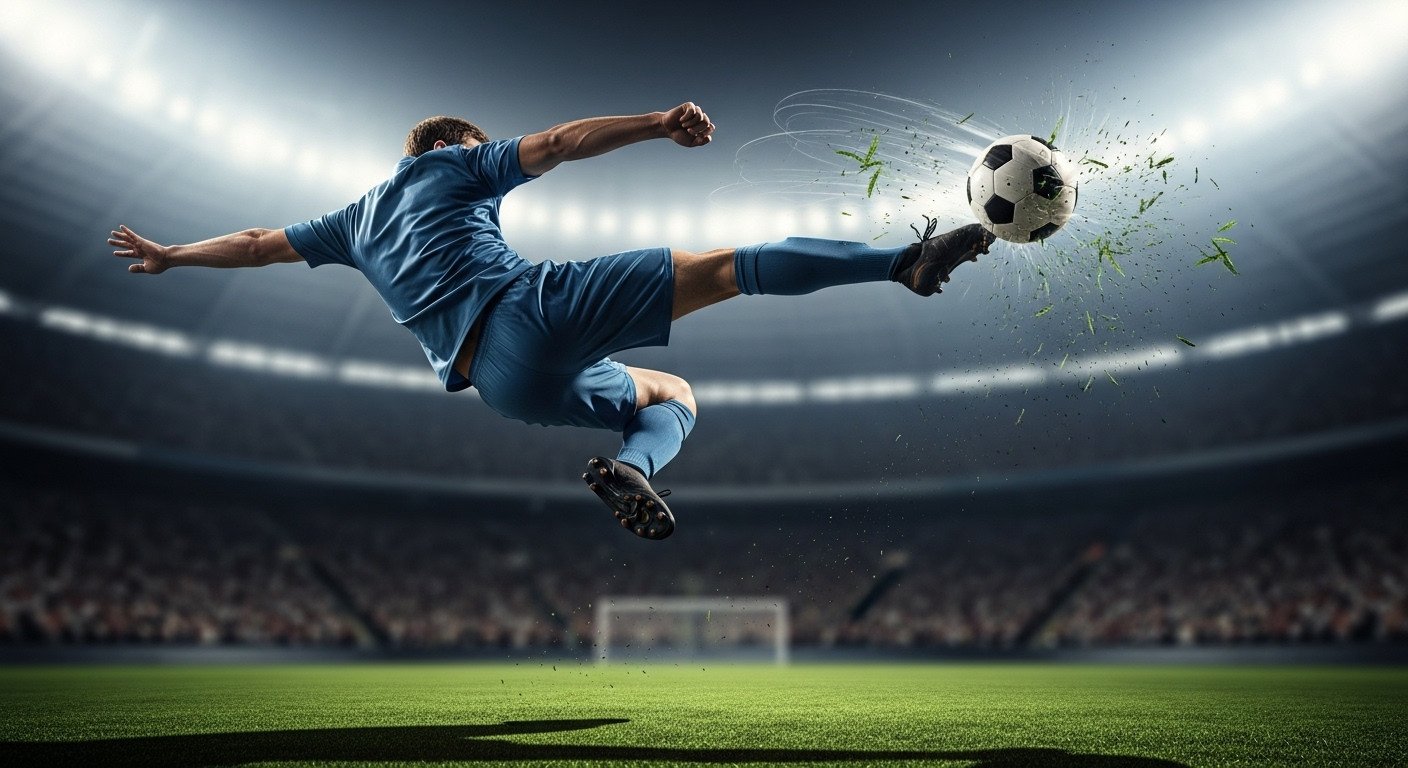
The Volley is often used in sudden-fire shots to score goals, especially when the ball is in a good position and range (e.g. after a cross or a bad clearance from the opponent). A well-placed and powerful volley will not give the opposing goalkeeper a chance to block it. It is also used when the player needs to shoot quickly before the defender can close in. The Volley can also be used in passing (although less common because it is difficult to control) or to clear the ball away in defense.
Classification of popular Volley styles
The Volley technique has many different variations, depending on the situation on the field:
1. Basic Volley: Is a shot with the instep of the foot when the ball is at a moderate height, usually below the knee.
2. Scissor Volley: The player jumps up and kicks the ball with a scissor-like rotational motion, creating a strong spin.
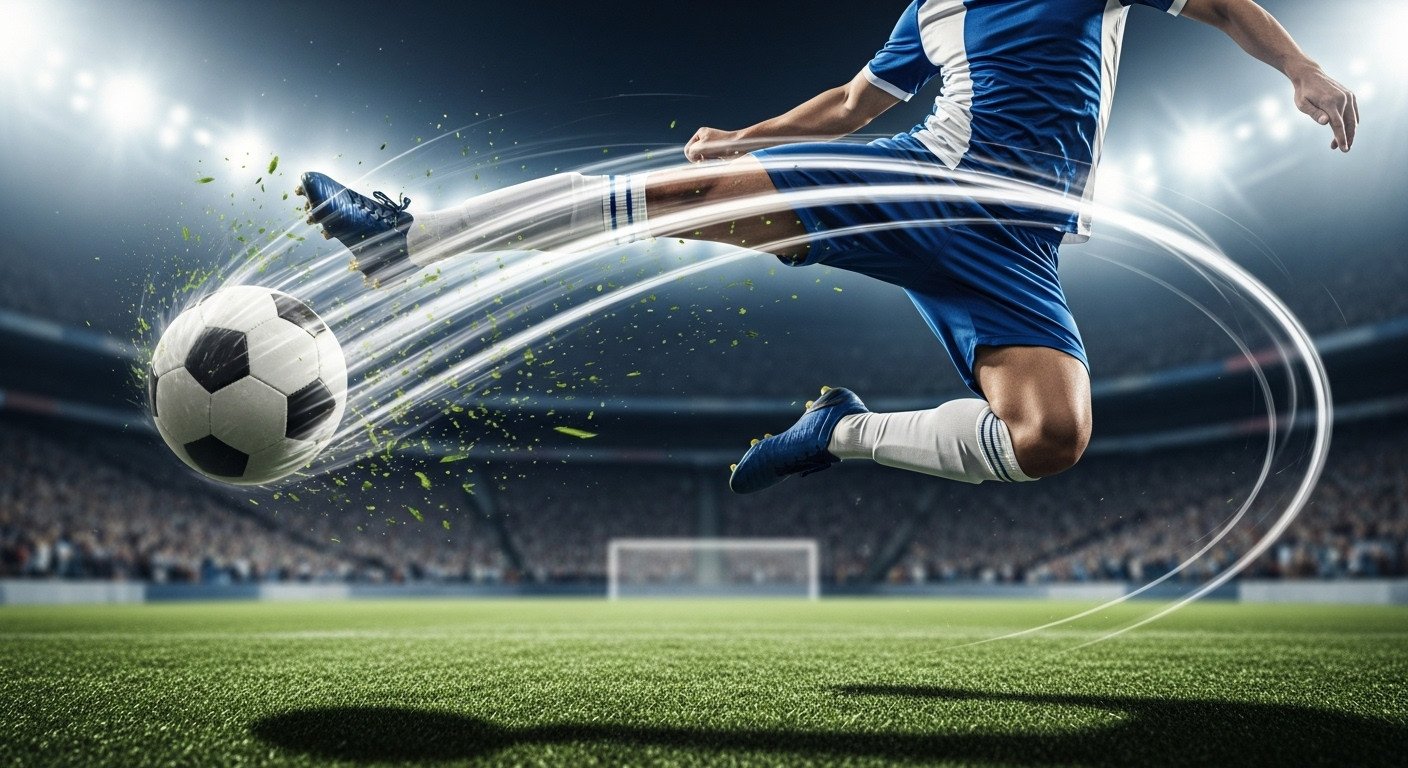
3. Bicycle Kick: This is an advanced variation of the Volley, in which the player launches himself off the ground, turns his back to the goal, and kicks the ball over his head. This technique requires great flexibility and technique.
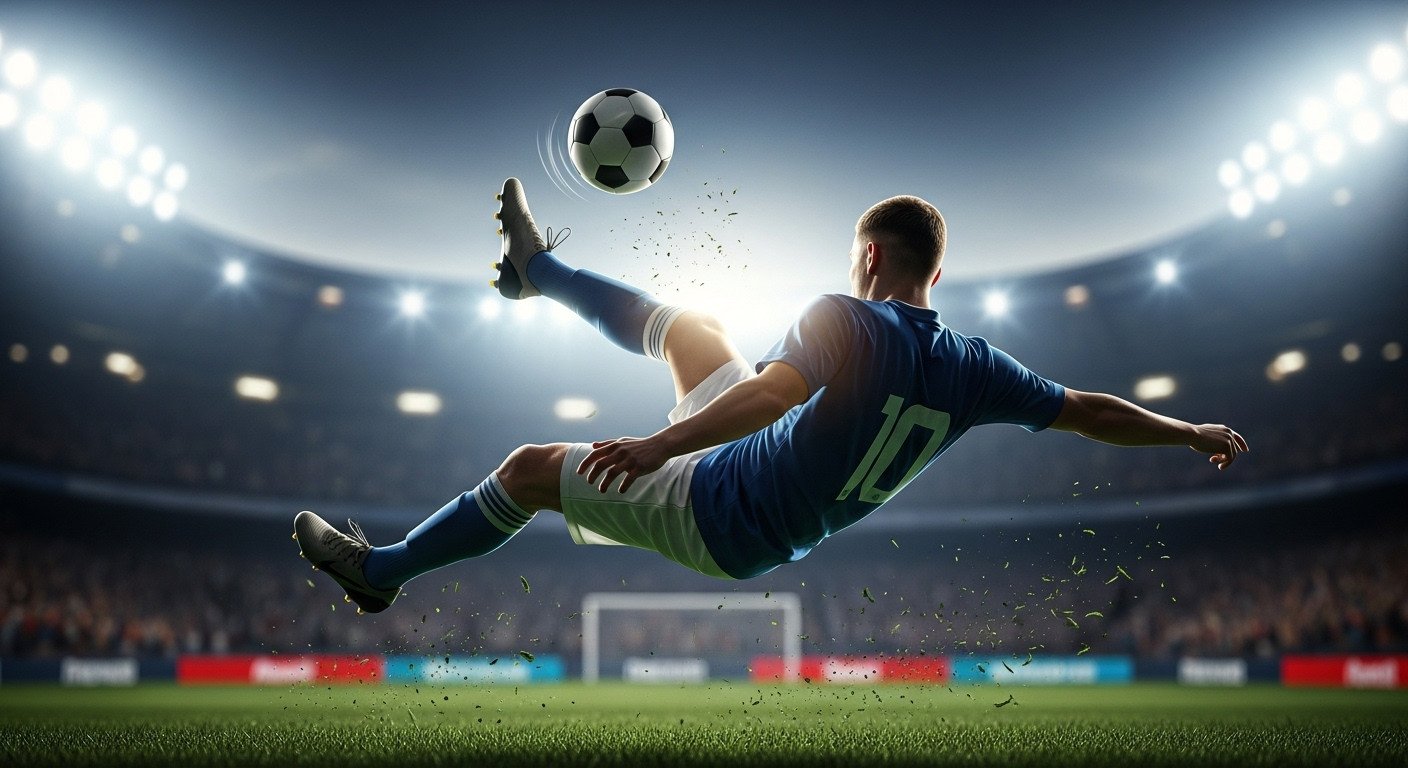
4. Low Volley: A shot that goes close to the ground, creating a fast and unpredictable trajectory.
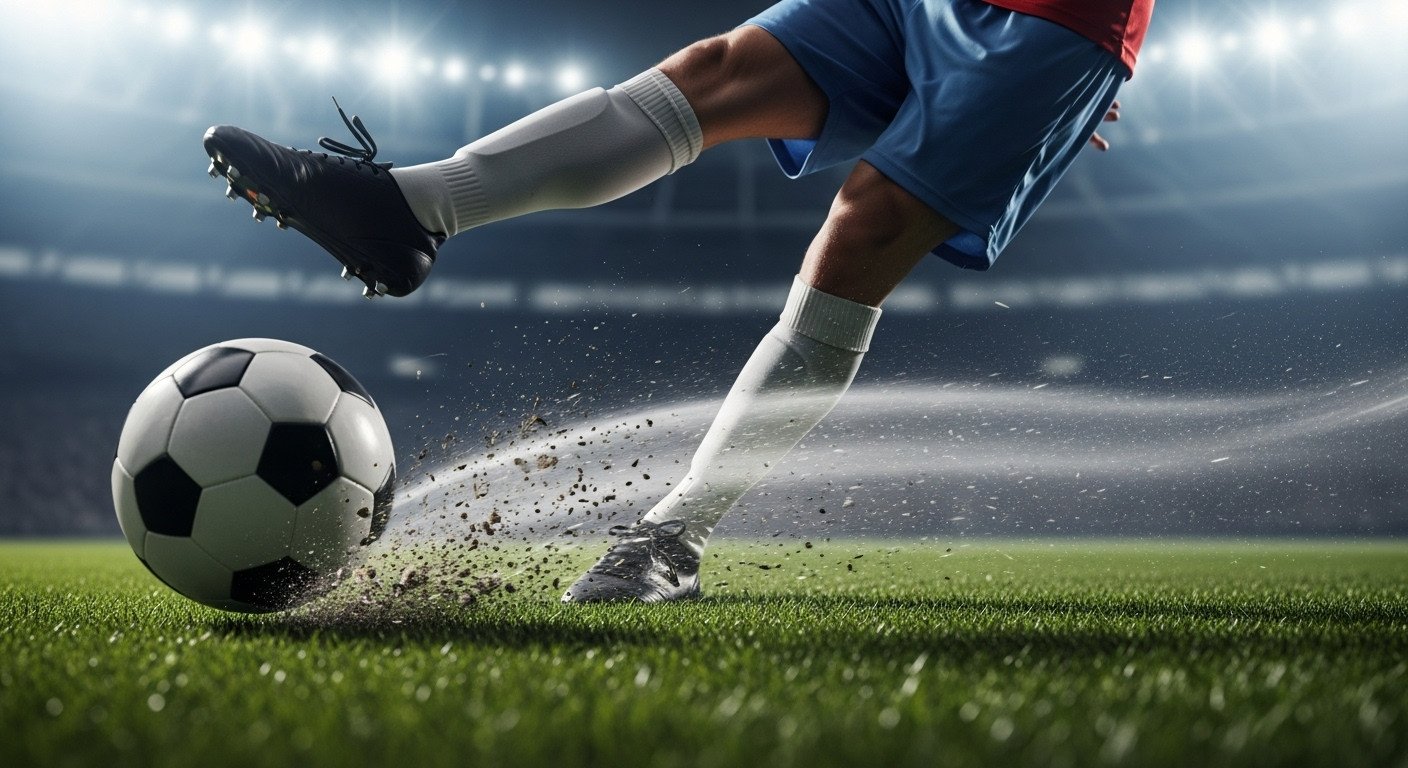
5. Hook Volley: Often used in crosses, the player kicks the ball to one side with a strong rotation of the foot.
Distinguishing between Volley and Half-Volley
A Volley is a shot that is taken immediately without letting the ball touch the ground. Essentially, it is kicking the ball while it is still in the air.
A Half-Volley is a shot taken immediately after the ball has bounced and is in flight. The prerequisite is that the ball MUST be in flight after bouncing off the ground.
In some views, the half volley is considered easier to execute and results in a "bullet-like" shot, while the (full) volley may look more impressive but is sometimes more prone to misses.
How to do a basic volley
To execute a powerful and accurate volley, it requires a smooth combination of precise technique and hard work. The basic volley technique includes the following steps:
1. Preparation and Observation:
- Observe the ball's flight path to accurately predict its landing point.
- Always ready to move to a good position to finish.
2. Place the supporting foot:
- Place the supporting foot (non-kicking foot) firmly.
- The toe of your standing foot should be pointing straight towards the target you want to shoot.
- Keeping your feet planted is extremely important to ensure balance.
3. Body posture and hip rotation:
- Need to open the body direction towards the ball.
- Shoulders slightly tilted toward the supporting leg.
- As the ball flies, our hips naturally rotate in the direction of the ball's travel, helping to transfer force efficiently.
- Body leans back slightly to create power and control the ball's trajectory.
- Tighten your abdominal muscles (core) to stabilize your midsection and increase the power transferred into your kick.
- Arms outstretched naturally to the sides for balance.
4. Kicking motion and Ball contact:
- Swing your leg and kick hard, clean and decisively. The swing of your leg should resemble a "slash" at the ball, similar to a goalkeeper's free kick.
- Ankle Lock: The ankle must be held firmly and fully extended at the moment of contact to allow maximum force to be transferred to the ball and to minimize injury.
- Contact point on the foot: The front instep (the part where the shoelaces are tied), this is where the most force and accuracy is created. (Contact with the inside of the foot will increase accuracy but the force is not as strong as the front instep).
- Contact Point on Ball: Ideally slightly below the center of the ball to create a tight trajectory.
5. Follow-through:
- The kicker should not stop abruptly but should continue to swing up after contact with the ball. This movement helps to maximize power transfer and create a stable trajectory.
- Land on your supporting foot to maintain balance.
Tips for practicing and improving your Volley technique
1. Change your mindset (Tip):
- Instead of thinking that you are "hitting" or "kicking" the volley, focus on thinking that you are "catching" the volley. When you think of "catching," your hand and body movements will automatically become slower, more precise, and less repetitive.
- When "catching the ball", the hand/racket is only extended and held steady, without any actions such as cutting down or smashing down too quickly.
2. Practice specialized techniques:
- Timing Practice: Practice shooting while the ball is moving from different directions.
- High ball drill: Ask a teammate to cross the ball high to practice judging the landing point and executing the shot.
- Live Kick: The goalkeeper's live kick is a very effective drill to practice this Volley technique.
3. Increase strength and balance:
- Strengthen your core: Do exercises like planks and crunches to stabilize your torso and strengthen your abdominal muscles, which will help put more power into your kick.
- Practice one-legged balance: Stand on your supporting leg, maintain your balance, then try swinging your leg without the ball.
- Leg strength exercises: Perform squats and lunges to strengthen the thighs and hips, creating a foundation for putting power into your kick.
Common mistakes when shooting volleys
Recognizing and correcting common mistakes will help you significantly improve your shooting power and accuracy.
| Common Errors | Symptoms/Causes | How to Fix |
|---|---|---|
| 1. Incorrect positioning of the supporting foot | The standing foot is too close to the ball: the ball easily goes low or over the bar. The standing foot is too far from the ball: the ball goes high but lacks power. | Practice placing the stake/marker in the ideal position of your support until it becomes second nature. Place your support firmly and correctly. |
| 2. Ankle not fixed (No ankle lock) | Loose ankles cause the kicking force to be dispersed, the ball does not fly as hard as expected. Increases the risk of ankle injury. | Tighten your ankles before hitting the ball, keeping your foot and leg as one solid block. Keep the instep straight. |
| 3. Overuse/Incorrect leg swing | Toe kick (toe-poke). The lower leg lacks rebound from the knee joint. Too much movement or cutting down too quickly when the ball is coming, leading to misses or unwanted spin. | Imagine using your knee as a hinge to practice flexion and extension. Focus on the psychology of catching the ball to minimize unnecessary movements. |
| 4. Loss of balance | Falling backwards or sideways immediately after kicking. | Strengthen your core and practice balancing on one leg. Spread your arms out slightly to aid balance. |
| 5. Do not continue moving your legs | The kicker stops immediately after contact with the ball, not swinging completely in its natural trajectory. This causes the kick to lack power and have an unstable trajectory. | Practice swinging with momentum, as if you were kicking through the ball instead of just lightly touching it. |
| 6. Wrong timing | Wrong judgment of where the ball will fall. | Practice with aerial ball drills and practice quick reflexes to handle situations. |
Summary: Volley technique is not only about muscle strength but also about precise technique, decisiveness (because if you hesitate for a second, the ball will fly past), and harmonious coordination of the whole body. Persistent practice and overcoming weaknesses will help you possess powerful Volleys.
Historic Volleyballs
- Marco Van Basten (Netherlands - Soviet Union, Euro 1988 final): This moment of genius is considered the first legendary volley that fans remember.
- Zinedine Zidane (Real Madrid - Leverkusen, 2002 Champions League final): This volley was considered perfect in both image and meaning, helping Real Madrid win the cup.
- Robin Van Persie: Famous for many great volleys, typically the goal against Charlton (2006) and one goal in a hat-trick against Aston Villa (2013), helping MU win the Premier League.
- Paul Scholes: Also a "lucky" star who scored goals from Volley, like the two cannon shots against Bradford (2001) and Aston Villa (2006), converging strength, technique and determination.
- Tony Yeboah (Leeds - Liverpool, 1995, Premier League): A shot that was hailed by the British media as truly fantastic.
- Wayne Rooney (MU - Newcastle, 2005, Premier League): A thunderous shot that was almost unstoppable.
- Maxi Rodriguez (Argentina - Mexico, World Cup 2006): Beautiful goal in the round of 16.
- Thierry Henry (Arsenal - MU, 2000): An unforgettable classy move.
- Peter Crouch (Stoke City - Man City, 2012): The situation where "garden crane" Crouch caught Vo Le made goalkeeper Joe Hart feel regretful.
- Other players: There are also great goals like Cristiano Ronaldo's reverse volley (2018) and Quang Hai's volley (vs Malaysia, 2022).
Source: https://vietnamnet.vn/sut-vo-le-volley-la-gi-2466613.html








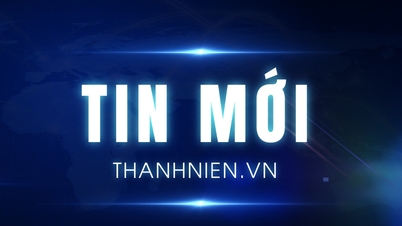





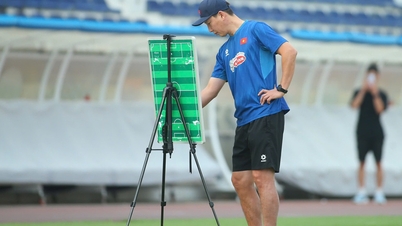

















































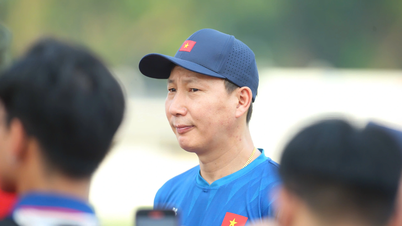



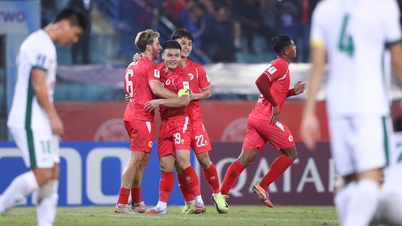


















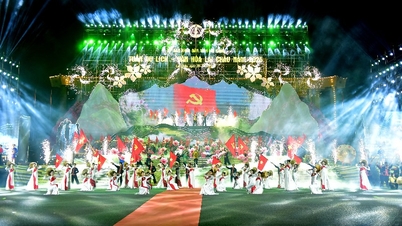















Comment (0)